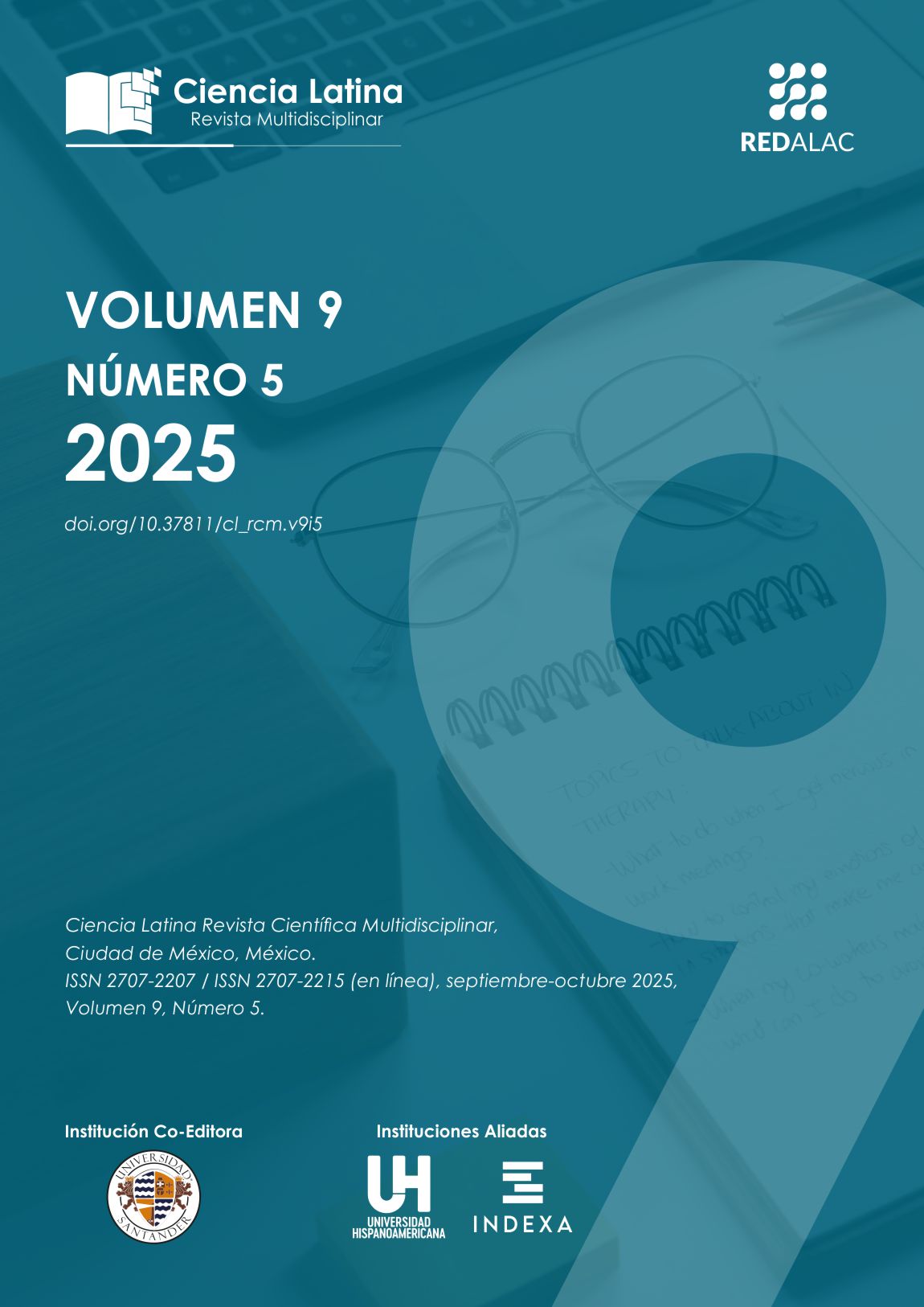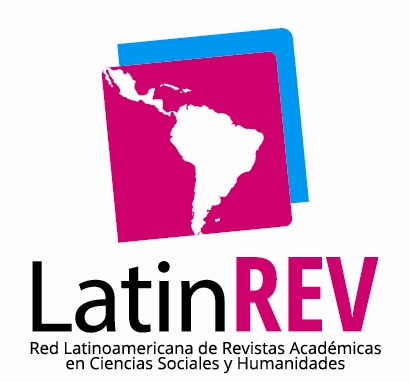Historia de la Zoonosis en México: Una Narrativa
Resumen
El presente artículo examina la evolución de las zoonosis en México, explorando la interacción entre humanos, animales y el medio ambiente desde tiempos prehistóricos hasta el presente. Se sostiene que esta relación ha sido fundamental para la salud pública y la demografía del país a lo largo de la historia. A través de un análisis de datos históricos, se destacan los primeros registros de enfermedades zoonóticas en el México prehispánico, el impacto de los intercambios microbianos durante la época colonial, y las estrategias de salud pública implementadas en el siglo XIX. Asimismo, se discuten los desafíos actuales de las zoonosis emergentes en el contexto de la globalización y el cambio climático. Aunque la modernización y urbanización del siglo XX eliminaron enfermedades como la rabia, también dieron paso a nuevas amenazas como la brucelosis, la cisticercosis, el dengue y el COVID-19. Se concluye que es fundamental entender la historia de las zoonosis para fortalecer el enfoque "One Health", que integra la salud humana, animal y ambiental como estrategia preventiva frente a futuras pandemias, constituyendo así una lección de crisis sanitarias pasadas.
Descargas
Citas
Acuña-Soto, R., Stahle, D. W., Cleaveland, M. K., & Therrell, M. D. (2002). Megadrought and megadeath in 16th century Mexico. Emerging Infectious Diseases, 8(4), 360-362.
Agostoni, C. (2003). Monuments of progress: Modernization and public health in Mexico City, 1876-1910. University of Calgary Press.
Armelagos, G. J., Brown, P. J., & Turner, B. (2005). Evolutionary, historical and political economic perspectives on health and disease. Social Science & Medicine, 61(4), 755-765.
Azuela, L. F., & Guevara, R. (1996). La ciencia en México en el siglo XIX: Una aproximación historiográfica. Asclepio, 48(2), 77-105.
Bos, K. I., Harkins, K. M., Herbig, A., Coscolla, M., Weber, N., Comas, I., ... & Krause, J. (2014). Pre-Columbian mycobacterial genomes reveal seals as a source of New World human tuberculosis. Nature, 514(7523), 494-497.
Buikstra, J. E., Baker, B. J., & Cook, D. C. (1994). Armelagos, G. J., & Harper, K. N. (1994). What diseases occurred in the Pre-Columbian Americas? Annals of the New York Academy of Sciences, 720(1), 17-27.
Carrillo, A. M. (2002). Epidemias, saber médico y salud pública en el porfiriato. Universidad Nacional Autónoma de México.
Carrique-Mas, J. J., Medley, G. F., & Green, L. E. (2014). Risks for bovine tuberculosis in cattle farms in Wales. Epidemiology & Infection, 142(7), 1428-1439.
Cook, N. D. (1998). Born to die: Disease and New World conquest, 1492-1650. Cambridge University Press.
Cortés, Manuel E. (2020). Coronavirus zoonótico SARS-CoV-2: la búsqueda del misterioso huésped intermediario. Revista Médica Herediana , 31 (2), 138-140. https://doi.org/10.20453/rmh.v31i2.3781
Cuenya, M. A. (1999). Puebla de los Ángeles en tiempos de una peste colonial: Una mirada en torno al matlazahuatl de 1737. Benemérita Universidad Autónoma de Puebla.
Daszak, P., Cunningham, A. A., & Hyatt, A. D. (2000). Emerging infectious diseases of wildlife—threats to biodiversity and human health. Science, 287(5452), 443-449. https://doi.org/10.1126/science.287.5452.443
Diamond, J. (1997). Guns, germs, and steel: The fates of human societies. W. W. Norton & Company.
Ebi, K. L., & Nealon, J. (2016). Dengue in a changing climate. Environmental Research, 151, 115-123.
Flisser, A., Sarti, E., Lightowlers, M., & Schantz, P. (2003). Neurocysticercosis: regional status, epidemiology, impact and control measures in the Americas. Acta Tropica, 87(1), 43-51.
Folke, C., Carpenter, S. R., Walker, B., Scheffer, M., Chapin, T., & Rockström, J. (2010). Resilience thinking: integrating resilience, adaptability and transformability. Ecology and Society, 15(4), 20.
Frenk, J., González-Pier, E., Gómez-Dantés, O., Lezana, M. A., & Knaul, F. M. (2006). Comprehensive reform to improve health system performance in Mexico. The Lancet, 368(9546), 1524-1534.
García-Sancho, E., Martínez-Maya, J. J., & Torres-Vitela, M. R. (2012). One Health approach to zoonoses control in Mexico. Revista Mexicana de Ciencias Pecuarias, 3(2), 123-140.
Gardy, J. L., & Loman, N. J. (2018). Towards a genomics-informed, real-time, global pathogen surveillance system. Nature Reviews Genetics, 19(1), 9-20.
Gibson, C. (1964). The Aztecs under Spanish rule: A history of the Indians of the Valley of Mexico, 1519-1810. Stanford University Press.
González-Candelas, F., Bracho, M. A., Wrobel, B., & Moya, A. (2013). Molecular evolution in court: analysis of a large hepatitis C virus outbreak from an evolving source. BMC Biology, 11, 76.
González-Ruiz, S., Díaz-González, E. E., Hernández-Jauregui, P., & Morales-Salinas, E. (2019). Rabies control programs in Mexico: A historical perspective and current challenges. Preventive Veterinary Medicine, 165, 51-59. https://doi.org/10.1016/j.prevetmed.2019.02.009
Jones, K. E., Patel, N. G., Levy, M. A., Storeygard, A., Balk, D., Gittleman, J. L., & Daszak, P. (2008). Global trends in emerging infectious diseases. Nature, 451(7181), 990-993. https://doi.org/10.1038/nature06536
Lambrechts, L., Paaijmans, K. P., Fansiri, T., Carrington, L. B., Kramer, L. D., Thomas, M. B., & Scott, T. W. (2011). Impact of daily temperature fluctuations on dengue virus transmission by Aedes aegypti. Proceedings of the National Academy of Sciences, 108(18), 7460-7465.
León-Portilla, M. (2006). La filosofía náhuatl estudiada en sus fuentes. Universidad Nacional Autónoma de México.
Lloyd-Smith, J. O., George, D., Pepin, K. M., Pitzer, V. E., Pulliam, J. R., Dobson, A. P., ... & Grenfell, B. T. (2009). Epidemic dynamics at the human-animal interface. Science, 326(5958), 1362-1367.
López Austin, A. (1980). Cuerpo humano e ideología: Las concepciones de los antiguos nahuas. Universidad Nacional Autónoma de México.
McNeill, W. H. (1976). Plagas y pueblos. Siglo XXI Editores.
López Austin, A. (1993). Textos de medicina náhuatl. Universidad Nacional Autónoma de México.
Lovell, W. G. (1992). "Heavy shadows and black night": Disease and depopulation in colonial Spanish America. Annals of the Association of American Geographers, 82(3), 426-443. https://doi.org/10.1111/j.1467-8306.1992.tb01968.x
Mansilla Lory, J., Rothschild, B. M., Lallo, J., Schultz, M., Schmidt-Schultz, T. H., Schmidt, P., & Willcox, T. P. (2006). Evidence of tuberculosis in Teotihuacan: Macroscopic, microscopic, and molecular approaches. American Journal of Physical Anthropology, 131(3), 359-367.
McCaa, R. (1995). Spanish and Nahuatl views on smallpox and demographic catastrophe in Mexico. Journal of Interdisciplinary History, 25(3), 397-431.
McMichael, A. J. (2004). Environmental and social influences on emerging infectious diseases: past, present and future. Philosophical Transactions of the Royal Society B, 359(1447), 1049-1058.
McNeill, W. H. (1976). Plagues and peoples. Anchor Books.
Milinovich, G. J., Williams, G. M., Clements, A. C., & Hu, W. (2014). Internet-based surveillance systems for monitoring emerging infectious diseases. The Lancet Infectious Diseases, 14(2), 160-168.
Molina-Cruz, A., Caban-Hernandez, K., & Santos-Ortega, Y. (2020). Zoonotic diseases and public health in Latin America: challenges and opportunities. Current Opinion in Infectious Diseases, 33(3), 201-208.
Morales-Salinas, E., García-Contreras, A. C., & Vázquez-Chagoyán, J. C. (2017). Integrated surveillance systems for zoonoses in Mexico: progress and challenges. Epidemiologia e Prevenção, 41(2), 89-97.
Newson, L. A. (2006). The demographic collapse of native peoples of the Americas, 1492-1650. In The Cambridge economic history of Latin America (Vol. 1, pp. 143-184). Cambridge University Press.
OMS - Organización Mundial de la Salud. (2023, octubre 23). Una sola salud. https://www.who.int/es/news-room/fact-sheets/detail/one-health
OMSA - Organización Mundial de Sanidad Animal. (2025, marzo 28). Una sola salud. https://www.woah.org/es/que-hacemos/iniciativas-mundiales/una-sola-salud/
Ortiz de Montellano, B. R. (1990). Aztec medicine, health, and nutrition. Rutgers University Press.
Paniagua, S. (1899). La vacuna antirrábica en el Instituto Bacteriológico Nacional. Revista de Patología y Clínica, 2(1), 12-18.
Patz, J. A., Daszak, P., Tabor, G. M., Aguirre, A. A., Pearl, M., Epstein, J., ... & Bradley, D. J. (2004). Unhealthy landscapes: policy recommendations on land use change and infectious disease emergence. Environmental Health Perspectives, 112(10), 1092-1098.
Piperno, D. R., & Pearsall, D. M. (1998). The origins of agriculture in the lowland neotropics. Academic Press.
Plowright, R. K., Parrish, C. R., McCallum, H., Hudson, P. J., Ko, A. I., Graham, A. L., & Lloyd-Smith, J. O. (2017). Pathways to zoonotic spillover. Nature Reviews Microbiology, 15(8), 502-510. https://doi.org/10.1038/nrmicro.2017.45
Quiñones Keber, E. (1995). Codex Telleriano-Remensis: Ritual, divination, and history in a pictorial Aztec manuscript. University of Texas Press.
Reiter, P., Lathrop, S., Bunning, M., Biggerstaff, B., Singer, D., Tiwari, T., ... & Glass, G. (2003). Texas lifestyle limits transmission of dengue virus. Emerging Infectious Diseases, 9(1), 86-89.
Rivera-García, B. E., Rodríguez-Vivas, R. I., & Ojeda-Chi, M. M. (2019). One Health implementation in Latin America: A comparative analysis. Global Health Action, 12(1), 1617413.
Rodríguez de Romo, A. C. (1999). La ciencia pasteuriana a través de la vacuna antirrábica: El caso de México en el siglo XIX. Dynamis, 19, 291-316.
Rodríguez-Prieto, V., Vicente-Rubiano, M., Sánchez-Matamoros, A., Rubio-Guerri, C., Melero, M., Martínez-López, B., ... & Sánchez-Vizcaíno, J. M. (2015). Systematic review of surveillance systems and methods for early detection of exotic, new and re-emerging diseases in animal populations. Epidemiology & Infection, 143(10), 2018-2042.
Romero-Sandoval, N., Martín, M., García-Sánchez, A., Dávila, G., Flores, N., García, E., & Cooper, P. J. (2018). Implementation of a One Health approach for endemic zoonoses research in Ecuador. Frontiers in Public Health, 6, 132.
Sahagún, B. de. (1969). Historia general de las cosas de Nueva España. Editorial Porrúa. (Original work published 1577)
Sánchez-Cordero, V., Rojas-Flores, R., & García-Lara, S. (2017). La rabia en México: una visión histórico-cultural. Revista del Centro de Investigación en Ciencias Veterinarias y Agronómicas, 14(1), 1-12.
Santos-Burgoa, C., Rios, C., Mercado-García, A., Aboites-Manrique, G., Cravioto, A., & Barraza-Villarreal, A. (2021). One Health approach for zoonoses surveillance and control in Mexico: institutional challenges and opportunities. Health Policy and Planning, 36(4), 526-535.
Secretaría de Salud. (n.d.). Vacunación antirrábica canina y felina. https://www.gob.mx/salud/acciones-y-programas/vacunacion-antirrabica-canina-y-felina
Seler, E. (1963). Comentarios al Códice Borgia. Fondo de Cultura Económica.
SENASICA. (n.d.). Situación actual del control de la brucelosis en México. https://www.gob.mx/senasica/documentos/situacion-actual-del-control-de-la-brucelosis-en-mexico
Stone, A. C., Wilbur, A. K., Buikstra, J. E., & Roberts, C. A. (2009). Tuberculosis and leprosy in perspective. American Journal of Physical Anthropology, 140(S49), 66-94.
Tapia-Conyer, R., Kuri-Morales, P., & Hoy-Gutiérrez, M. (2006). Panorama epidemiológico y estadístico de la mortalidad en México. Salud Pública de México, 48(2), s2-s20.
Taylor, L. H., Latham, S. M., & Woolhouse, M. E. (2001). Risk factors for human disease emergence. Philosophical Transactions of the Royal Society B, 356(1411), 983-989. https://doi.org/10.1098/rstb.2001.0888
Thornton, E. K., Emery, K. F., Steadman, D. W., Speller, C., Matheny, R., & Yang, D. (2012). Earliest Mexican turkey (Meleagris gallopavo) in the Maya region: Implications for pre-Hispanic animal trade and the timing of turkey domestication. PLoS ONE, 7(8), e42630.
Torquemada, F. J. (1723). Monarquía Indiana. Imprenta de Antonio Balbas.
UNODC. (2020). World Wildlife Crime Report: Trafficking in protected species. United Nations Office on Drugs and Crime.
Valadez Azúa, R. (2003). La domesticación animal. Universidad Nacional Autónoma de México.
Voekel, P. (2002). Alone before God: The religious origins of modernity in Mexico. Duke University Press.
Wikipedia. (2024, septiembre 18). Vacunación en México. https://es.wikipedia.org/wiki/Vacunación_en_México
Woolhouse, M., & Gowtage-Sequeria, S. (2005). Host range and emerging and reemerging pathogens. Emerging Infectious Diseases, 11(12), 1842-1847. https://doi.org/10.3201/eid1112.050997
Zinsstag, J., Schelling, E., Waltner-Toews, D., & Tanner, M. (2011). From "one medicine" to "one health" and systemic approaches to health and well-being. Preventive Veterinary Medicine, 101(3-4), 148-156. https://doi.org/10.1016/j.prevetmed.2011.06.003
Derechos de autor 2025 Claudia Elia Villalobos Fernández, Rocío Medina Dorado

Esta obra está bajo licencia internacional Creative Commons Reconocimiento 4.0.













.png)




















.png)
1.png)


